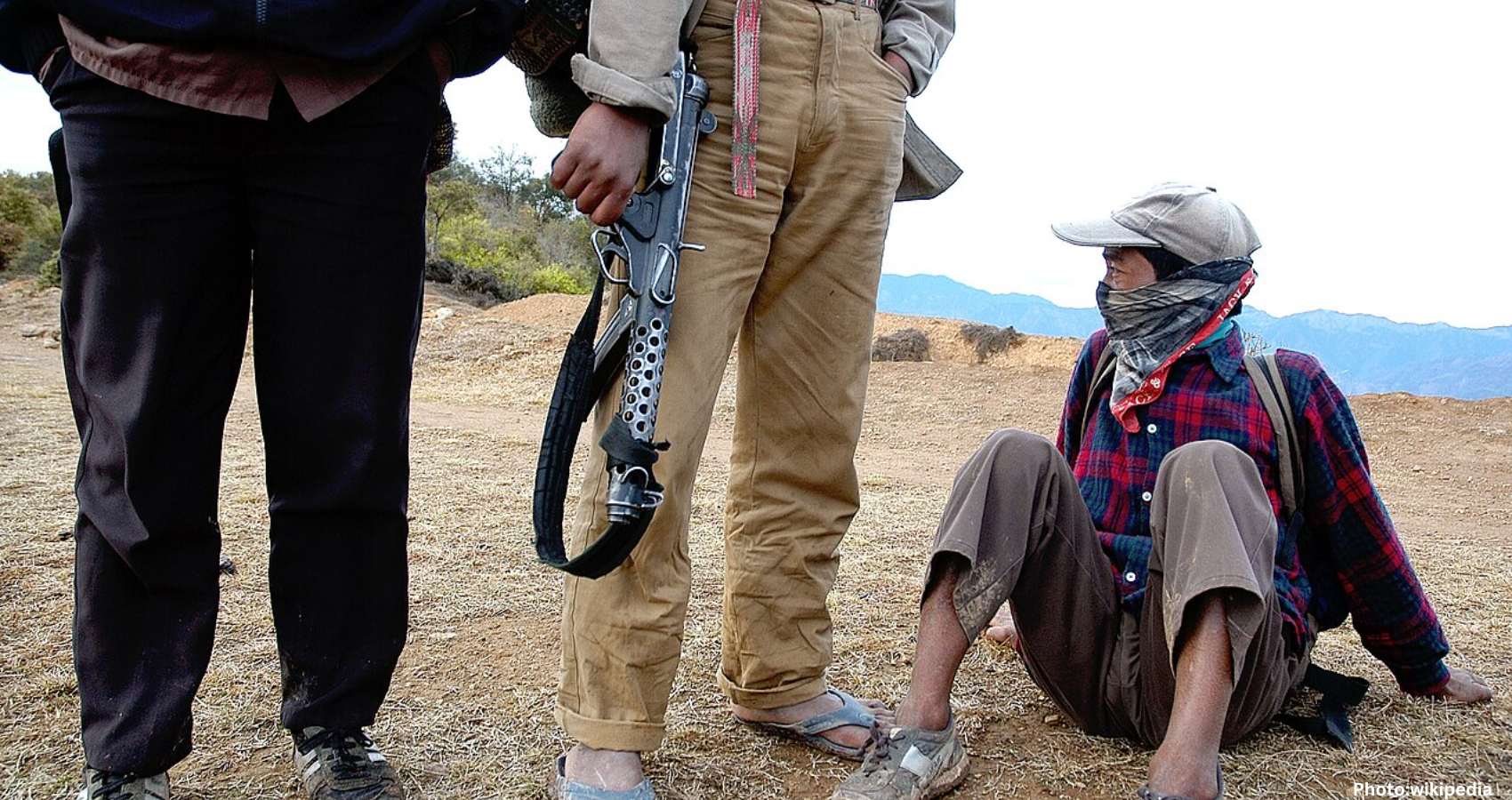Mass protests in Nepal led by ‘Gen Z’ youth demanding reform have resulted in violence, police killings, and a regime change, leaving the nation grappling with the aftermath.
In the wake of a tumultuous week in Nepal, the streets of Kathmandu have become a battleground for protests and unrest. Mass demonstrations led by the youth, often referred to as ‘Gen Z,’ have escalated into violence, resulting in police killings, arson, and a significant political upheaval. As the dust begins to settle, the country faces a critical moment of reflection and rebuilding.
The unrest began on September 8, 2025, when a ban on social media sparked widespread protests. The youth, frustrated by the lavish lifestyles of politicians while many Nepalis struggle to make ends meet, took to the streets demanding accountability and reform. The protests, initially intended to be peaceful, quickly turned violent when police opened fire on demonstrators, resulting in multiple fatalities, including students.
In the aftermath, public outrage led to the resignation of the government and the appointment of an interim administration. However, the violence did not cease. Reports of break-ins, assaults, and arson flooded in as mobs targeted government buildings and the homes of former ministers. The chaos resulted in at least 51 deaths, including both protesters and security personnel, with hundreds more injured.
R.C. Gautam, an errand man at Kantipur Television, shared his experience of the violence. The station, which has a long history of covering political unrest, was attacked, with several buildings set ablaze and vehicles destroyed. Gautam described the scene as chaotic and terrifying, noting that he had to seek refuge at a friend’s home due to the curfew and military presence in the city.
As the protests escalated, the initial peaceful intentions of the Gen Z demonstrators were overshadowed by violence. Eyewitness accounts revealed that older individuals in the crowd incited riots, leading to the police’s decision to use lethal force. The fallout from these events has left the city in ruins, with entire neighborhoods engulfed in flames and fear gripping the populace.
In the days following the protests, Kathmandu was marked by destruction. Government buildings, police stations, and the homes of former leaders were set ablaze, leaving a trail of devastation. The air was thick with smoke and the acrid smell of burning, as residents witnessed the chaos unfold around them. Reports of looting and violence spread, with some individuals taking advantage of the turmoil to steal from the very establishments they were protesting against.
The situation became increasingly dire as armed groups roamed the streets, leaving residents feeling vulnerable and unsafe. Many spent sleepless nights in fear, unsure of what the next day would bring. The violence had escalated to a point where even the police were overwhelmed, with reports of officers being attacked and killed by mobs.
As the violence continued, the interim government began to take action. Former Chief Justice Sushila Karki was sworn in as the new Prime Minister, marking a significant shift in leadership. Karki, who was chosen by the Gen Z protesters through social media, now faces the daunting task of restoring order and addressing the grievances that led to the protests in the first place.
In the aftermath of the chaos, the families of those killed during the protests were declared martyrs, and compensation was offered to the bereaved. Efforts to restore the damaged buildings began, but the emotional scars left by the violence will take much longer to heal. En masse cremations were held for the deceased, with grieving families left to grapple with their loss amidst the destruction.
As Nepal attempts to move forward, questions linger about the future. Who orchestrated the violence? What will happen to those who lost their jobs due to the destruction of their workplaces? The answers remain elusive, but for now, the people of Nepal need time to rest and recover.
In a country that has faced numerous challenges, the recent events serve as a stark reminder of the fragility of peace and stability. As the air begins to clear, it is crucial for the nation to reflect on the past and work towards a future that prioritizes accountability, justice, and the well-being of all its citizens.
Source: Original article

